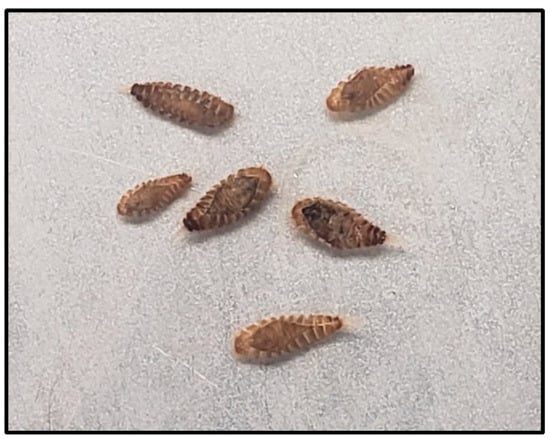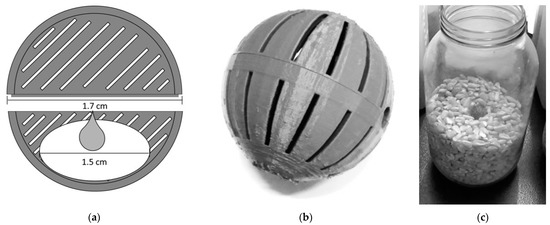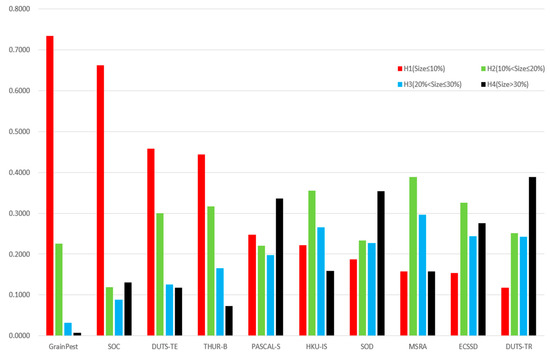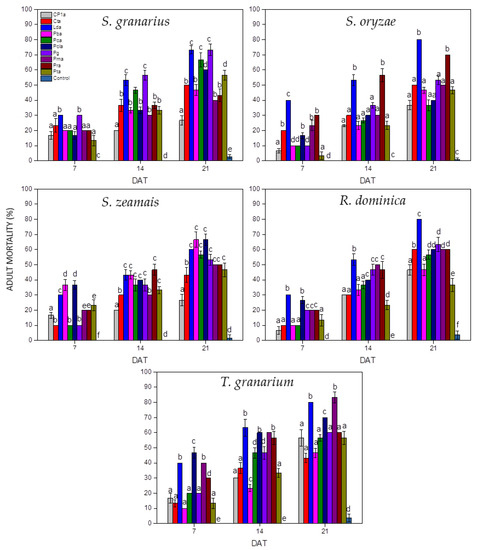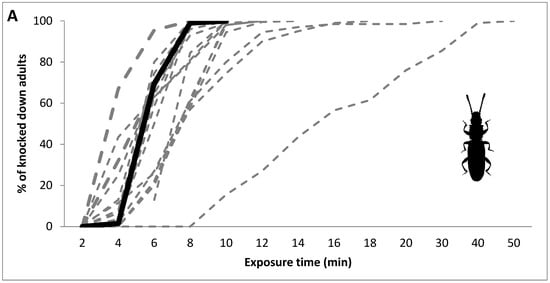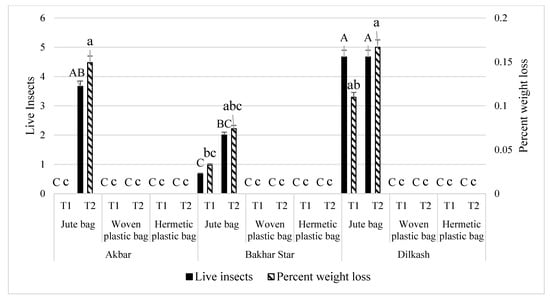Integrated Management and Impact of Stored-Product Pests
A topical collection in Insects (ISSN 2075-4450). This collection belongs to the section "Insect Pest and Vector Management".
Viewed by 18763Editors
Interests: stored-product pests; integrated pest management; food safety and security; grain storage; structural pest management; invasive species; reduce risk insecticides; resistance management; insecticide incorporated packaging
Interests: stored-product pest; integrated pest management; food security; food losses and waste; vectors; emerging zoonotic disease; agriculture; entomology
Topical Collection Information
Dear Colleagues,
Food security is an issue that will impact everyone by 2050, when it is projected there will be a global crisis if continued gains through improved food and agricultural production are not achieved. This is especially problematic given that COVID-19 has had a further and profound impact on hunger and food security, triggered by disruptions in food supply chains, income losses, widening social inequities, an altered food system, and price hikes. Between 720 and 811 million people in the world faced hunger in 2020, an increase of as many as 161 million from 2019. Feeding the projected 10 billion people in 2050 poses a critical threat. One third of food commodities produced are lost or wasted post-harvest each year; therefore, understanding the complex interrelated factors that lead to severe crop loss throughout the post-harvest food value chain—farm to fork—is critical. Increasing crop production prior to harvest usually requires significantly more economic and time investment, particularly for producers, than targeted strategies for reducing losses post-harvest. The monetary losses from post-harvest product losses are compounded by the fact that substantial investment in production, processing, and transportation have already been made and cannot be recouped. Thus, improved protection of post-harvest production protects labor and capital investments already made, in addition to contributing to food security. Post-harvest loss can occur from a variety of sources, including insect and animal pests. In addition, mycotoxin contamination is a long-standing global threat to food safety and food security. Aflatoxin is one type of mycotoxin produced by fungi, primarily Aspergillus flavus, often found in maize and peanuts. It is a serious health concern, caused in part by improper crop storage. A climate-smart food systems approach to food security and nutrition if we avoid a global crisis by 2050.
Integrated pest management (IPM) is a management plan where multiple approaches to managing pests compose a multi-pronged approach to combatting post-harvest product loss. Management plans can consist of preventative methods such as sanitation and long-lasting insecticide-treated netting or insecticide-impregnated packaging, pheromone baited trapping systems, sticky traps, fumigations, or aerosol sprays, and many more methods that account for differences in timing and spatial variation of insect populations. This Topical Collection will highlight research conducted to understand how different IPM technologies may relate to one another and may each play a role in managing pests within post-harvest systems.
Dr. Deanna S. Scheff
Dr. Georgina V. Bingham
Dr. Alison R. Gerken
Collection Editors
Manuscript Submission Information
Manuscripts should be submitted online at www.mdpi.com by registering and logging in to this website. Once you are registered, click here to go to the submission form. Manuscripts can be submitted until the deadline. All submissions that pass pre-check are peer-reviewed. Accepted papers will be published continuously in the journal (as soon as accepted) and will be listed together on the collection website. Research articles, review articles as well as short communications are invited. For planned papers, a title and short abstract (about 100 words) can be sent to the Editorial Office for announcement on this website.
Submitted manuscripts should not have been published previously, nor be under consideration for publication elsewhere (except conference proceedings papers). All manuscripts are thoroughly refereed through a single-blind peer-review process. A guide for authors and other relevant information for submission of manuscripts is available on the Instructions for Authors page. Insects is an international peer-reviewed open access monthly journal published by MDPI.
Please visit the Instructions for Authors page before submitting a manuscript. The Article Processing Charge (APC) for publication in this open access journal is 2600 CHF (Swiss Francs). Submitted papers should be well formatted and use good English. Authors may use MDPI's English editing service prior to publication or during author revisions.
Keywords
- stored-product pest
- integrated pest management
- food security and nutrition
- food losses and waste
- invasive species
- mycotoxins
- value chain
- smallholders
- digital platforms







